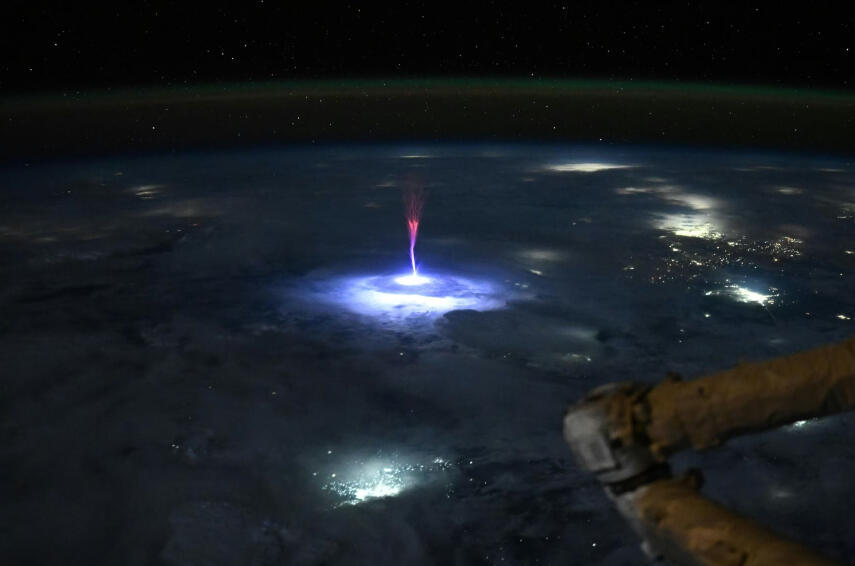In December 2022, researchers at the US National Ignition Facility revealed a momentous achievement: their laser-driven fusion reaction had achieved ‘break-even’, generating more energy than it consumed. However, such significant developments require thorough verification, which can be time-consuming. Crucially, a series of papers outlining the experimental methodology, technological advancements, and outcomes of the initial breakthrough reaction have now successfully passed peer review, indicating that researchers not involved in the study have reviewed the methods and findings to confirm their accuracy and validity. “This achievement is the result of over fifty years of research and demonstrates that laboratory fusion, based on fundamental physics principles, is feasible,” the team members of the Indirect Drive ICF (inertial confinement fusion) Collaboration write in the first of five papers. Nuclear fusion, if successfully harnessed and scaled up, offers a plentiful and sustainable source of clean energy without the greenhouse gas emissions of fossil fuels or the radioactive waste of nuclear fission. Fusion involves the merging of two or more atoms to form a larger atom, releasing energy in the process. These controlled reactions in laboratories replicate the fusion reactions that power the Sun and stars on a smaller scale. Without the mass of the Sun to provide gravitational force, methods for fusing atoms on Earth rely on heat. In the case of this specific fusion technology, the heat is delivered through a powerful burst of light. The experiments entail bombarding a capsule containing a minuscule 220 micrograms of deuterium and tritium fuel with 192 high-powered lasers, which raises the pressure to 600 billion atmospheres and the temperature to 151 million °C (272 million °F). These extreme conditions, surpassing those inside the Sun, cause the fuel to implode, with the deuterium and tritium atoms fusing into helium and releasing energy. In the breakthrough experiment of December 2022, lasers imparted 2.05 megajoules (MJ) of energy into the fuel, resulting in the release of 3.15 MJ – approximately 1.5 times more energy was produced by the reaction than was delivered into the fuel. The new papers outline the advancements that facilitated achieving ‘break-even’, including adjustments to the fuel mix, removal of defects in the capsule walls, an increase in the mass of the pea-sized capsule, enhancements in laser energies, and an upsurge in the volume of fuel used. The attainment of the so-called ignition threshold marked a new phase in fusion research, with researchers continuing to push boundaries by firing more energetic lasers and yielding even more energy in various experiments conducted last year. The researchers also present findings from one of these more recent experiments, conducted in mid-2023, which produced 3.88 MJ of energy from the same 2.05 MJ input – roughly 1.9 times the injected energy, representing the highest yield to date. It is important to note, however, that substantial amounts of energy are required to power the lasers in these experiments: 500 trillion watts, which is a thousand times more power than the US national energy grid generates at any given moment. Therefore, there is still a long way to go before these fusion reactions can generate more energy than is expended in initiating them. “There is a chance that we will have fusion,” remarked Martin Freer, a nuclear physicist at the University of Birmingham, to New Scientist’s Matthew Sparks. “But the challenges that we have are quite steep, scientifically.” Despite the potential for clean energy, scientists emphasize that nuclear fusion is not the immediate solution needed to address the climate crisis. Commercial nuclear fusion facilities are still decades away, according to Aneeqa Khan, a nuclear fusion researcher at the University of Manchester, at a time when global carbon emissions need to be almost halved by 2030 to combat climate change. Fortunately, renewable energy technologies already exist to help achieve this. The five papers have been published in Physical Review Letters, which are accessible here, here, here, here, and here.
It's Official! Laser Fusion Experiment Reaches Major Milestone in Power Generation













